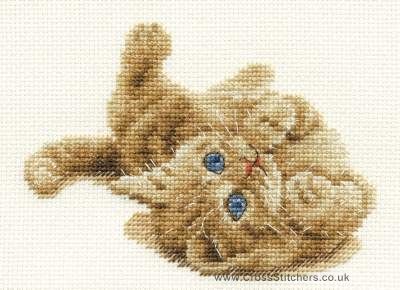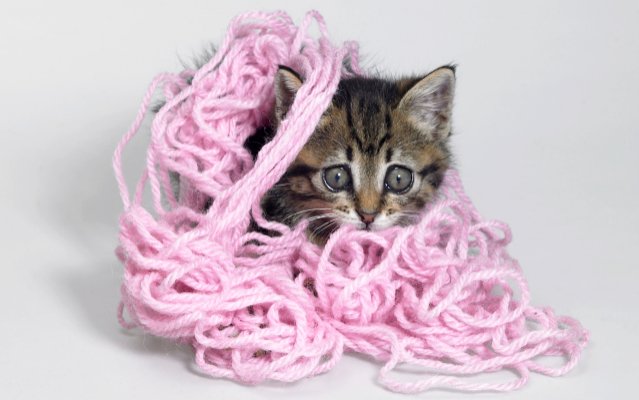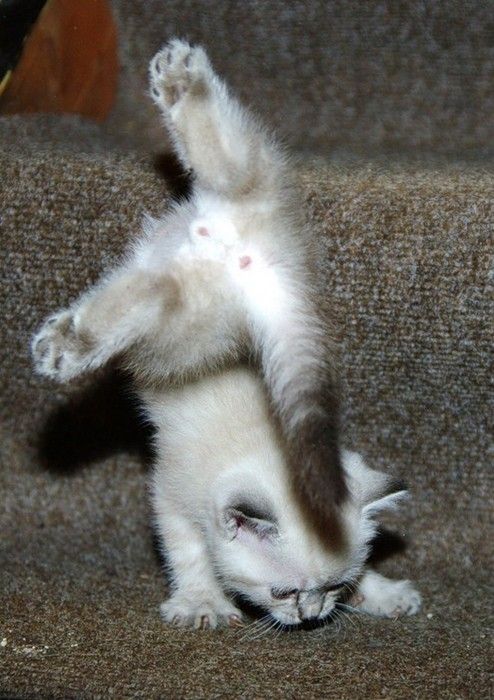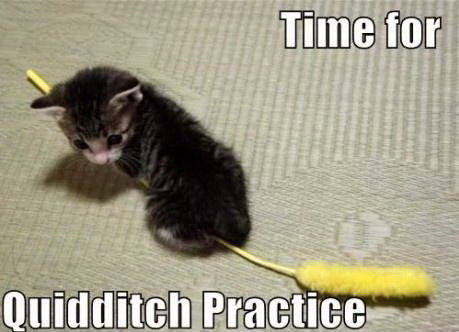Announcements
Welcome to Charms 401!
Please read the following FAQs before joining the class:
When will my assignment be graded?
Charms receives a high volume of assignments submitted each day, and our team is composed entirely of volunteers with real-world obligations. We will not prioritize your assignment over anyone elses. I ask that you be understanding and patient.
If you look in your gradebook, you will be able to see where your assignment is in the grading queue. If you notice that your assignment has not moved at all in the queue after a week, then you may message Professor Laurel to look into the issue.
What do I do if I have a question about an assignment?
Please feel free to reach out to any of our PAs with your questions! Just remember: 1. PAs will never give you the answer to a question. They are here to assist you in completing your work; not to do your work for you. 2. If you have any questions or need help, it is always best to ask before you submit your assignment! Keep in mind: Blank answers are an automatic zero; it is better to always try your best!
If you have a question about an assignment that has already been submitted, please send a private owl directly to Professor Laurel along with your Grade ID for the assignment (this can be found in your gradebook).
If you have any other questions or comments, please do not hesitate to reach out to Professor Laurel!
Lesson 4) Counter-Effective Charms
We’re nearing the end of our unit on counter-charms! We will wrap up with preventive counter-charms next class, examining the effects of spell order, but this is your last class on the ways in which one charm can counter another! It’s also one of my favorite classes to teach, since it requires a high level of creativity to intelligently cast counter-effective charms. This also means you get a big juicy opportunity to show off your Charms knowledge, if you choose to do so… more on that at the end of the lesson.
Counter-Effective Charms
Thus far we’ve defined three categories of counter-charms: negation charms that are designed to cancel certain charms, inverse charms that have opposite purposes and fully undo another charm, and partial-inverse charms that have opposite purposes and partially undo another charm. Today’s lesson is on counter-effective charms, or charms with unrelated effects where at least one of the pair partially or completely undoes the other. Some wizards choose to add the designation “partial” or “full” before the “counter-effective” category, though I find that to be cumbersome and only recommend it if the distinction is of great importance.
It is important first to examine what we mean by “unrelated effects” (more recently known as “non-opposite effects,” a term I greatly prefer as it makes the concept much clearer). You might argue, for example, that because two charms are similar in nature (for example, two Flight Charms) that they have related effects. In fact, all we mean when we say “unrelated” is that two charms have effects that do not directly oppose one another. So the Rocket Charm, which shoots an object straight up in the air, and the Levitation Charm, which gives you a large degree of control over an object, are considered unrelated (non-opposite) despite the fact that they both raise an object into the air.
To help us better understand counter-effective charms, and particularly the idea of partially or completely undoing spells with them, let’s look at some examples of when they can be used. One instance of useful counter-effective charm-casting is using the Tinting Charm and Color Change Charm you learned about last year. Though the two charms both change the color of an object, their effects aren’t intended to oppose one another. Casting the Tinting Charm on an object will change its coloring slightly, but that effect can be completely undone by casting a Color Change Charm on it. Since they cannot counter each other in all cases, such as a weak Tinting Charm attempting to undo the Color Change Charm, the two are considered to also be partial counter-effective charms.
You may have noted that the definition of counter-effective charms requires that only one charm of the pair undo the other. This gets at the broader nature of counter-effective charms: they’re a broader, catch-all category meant to cover any kind of counter-charming scenario that doesn’t fit into the other categories. This includes cases where only one of the two spells can be used to undo the other at all. Though true instances of this one-way effect are rare, one such instance is the Permanent Sticking Charm when used to prevent one of the Flight Charms. Unlike the ordinary Sticking Charm, the Permanent Sticking Charm cannot be undone with any level of brute force. So while the Permanent Sticking Charm can prevent an object from being moved with a Flight Charm (a preventive use of a counter-effective charm), it is impossible to use a Flight Charm to counter the the Permanent Sticking Charm.
Counter-effective charms offer a large range of options to counteract a particular spell, including spells that already have inverse or partial-inverse charms (and you’ll get to explore this concept even further in the extra credit essay on secondary effects). The first two charms you are about to learn are counter-effective to charms you already know.
Stitching Charm
Incantation: Suturis (soo-TOO-ris)
Wand Movement: Zig-zag motion across division between objects.
Willpower: Moderate.
Concentration: Moderate; Visualize the two target objects coming together.
Category: Static.
The Stitching Charm is used to magically stitch two objects together. Unlike the Sticking Charm, it is able to bind one object to another in a more permanent fashion by causing the materials of the two objects to interweave. It does not actually summon any stitches, of course, as that requires conjuration which you have not learned yet.

This spell can be damaging to objects that are fragile or easily broken. Moreover, it doesn’t work against harder materials such as glass or metal that are more solidly packed together, or against living organs like skin. It’s best to use this spell on fabrics, as they’re woven in a manner most conducive to being knit together.
This spell can be considered counter-effective to any kind of movement charm (such as the Levitation or Locomotion Charms), as two stuck objects are more difficult to move than one loose object. For example, a felt badge that has been attached to a uniform will be significantly more difficult to levitate, especially if someone is wearing the uniform. Note that this sort of counter-effective charm is “preventive,” since its effect partially or completely prevents another charm from working as intended. However if the Stitching Charm is poorly cast, a Levitation Charm cast well enough could break the stitching and therefore levitate the object.
Knot-Tying Charm
Incantation: Nodatis (no-DA-tis)
Wand Movement: An X-shape connected with a half circle at the top: swish diagonally up and to the left, then around to the right in a half-circle, and diagonally down and to the left.
Willpower: Low.
Concentration: Moderate; Visualize the tied knot.
Category: Static.
Given pieces of touching rope (or other similar material), the Knot-Tying Charm can be used to create the knot visualized by the caster. This can be used at the end of the rope or in the middle, so long as the visualization is clear. The more complex the knot, the more difficult the spell will be to cast. If you visualize a knot that simply cannot exist, nothing will happen, so make sure to thing through your knots carefully!

This spell is counter-effective to the Severing Charm: the Severing Charm can cut through any knot created by this charm, while the charm can tie together some (but not all) cuts made by the Severing Charm.
The next two charms are new to you, and counter-effective to one another.
Cartwheeling Charm
Incantation: Volvalimo (vol-VA-lee-mo)
Wand Movement: Two rapid clockwise or counterclockwise circles, depending on desired direction of cartwheel.
Willpower: Medium.
Concentration: Medium; maintain visualization of an object rotating in one direction or another. Focus on the target object.
Category: Dynamic.
The Cartwheeling Charm will cause an object to cartwheel across whatever surface it is on (or around itself in the air if it is airborne, with the Levitation or Locomotion Charms, for example). The rotations will be in all directions; left, right, up, and down. Willpower and concentration together determine the speed at which the object will rotate, although heavier objects and those with shapes that inhibit easy rolling are more difficult to rotate. I recommend practicing with objects that are rounder at first (perhaps discs or balls), and then move on to harder objects (like boxes and bed-posts… just make sure to repair any beds once you’re done).

In addition to the Toppling Charm (which you are about to learn), this charm can be countered with the Air Charm some of you may have learned in Alchemy, which produces a gust of air in a particular direction – we will study it more later this year. That may prevent the object from properly lifting itself up depending on other factors like the objects weight.
Toppling Charm
Incantation: Occumbo (ock-UM-bow)
Wand Movement: Jab in the direction to topple the object.
Willpower: Low to high; depends on how difficult the object is to knock over.
Concentration: Moderate; Target object.
Category: Static.
The Toppling Charm knocks an object over in the direction you point your wand. It will typically only work on smaller objects (though particularly powerful wizards may be able to use this on objects as large pillars or walls), since larger objects are more difficult to knock over. If the object cannot be knocked over in that direction (because it is round, for example) the object will simply slide a little in line with the wand movement.
This spell can be used counter-effectively against the Cartwheeling Charm to prevent the object from properly flipping or rolling in a particular direction.
Shallow vs. Deep Counter Charms
I’d like to address a point some of you may have been wondering about. Those of you who were awake for at least part of your Second Year Charms class may remember our discussion of charmable objects (Implementations created with Forms). In particular, we discussed the differences between Shallow Object Charms, or the charms that can be used independently on an object but wear off very quickly, and Deep Object Charms, which can be cast on an object in a more permanent manner and require Initiation and Power Forms.
All the counter-charm types we’ve learned so far are ineffective against Deep Object Charms, which function fundamentally differently from Shallow Object Charms. Eventually you may learn the process of removing Deep Object Charms with charms that are similar to the types we’ve learned so far, but not this year. However, because counter-effective counter-charms work against spells’ effects and are unrelated to the spells themselves, they can be used against charmable objects. Basically, only counter-effective charms work against charmable objects, and this includes Deep Object Charms.

Consider, for example, a broomstick used for Quidditch matches. Ordinarily such a broomstick functions perfectly well, with its Motion Form in order. However, if a spectator were to cast a charm to manipulate the movement of the broomstick – perhaps even the Levitation Charm with some very cheap brooms – then the Motion Form will no longer work as intended for the duration of the counter-effective charm. The broom might instead jerk around or be unable to accelerate in a particular direction because of the opposing forces caused by the counter-effective charm working against the Motion Form. Broomstick manufacturers will often work a complex Protection Form into their products to ensure that Shallow Object Charms cannot interfere, but the fact remains that Deep Object Charms aren’t immune to counter-effective charms.
Assignments
Today you’ll have lots of extra work to do! In addition to your usual worksheet, you’ll have a mandatory short essay on counter-effective charms, with both analytical and creative options!
Image credit: Crossstitchers UK, Bowler Hat Science, Best Memes, Pinterest
- CHRM-301
Enroll
-
Lesson Four Worksheet
Assignment -
Counter-Effective Short Essay
Essay
-
Martha Desurra
Professor's Assistant


